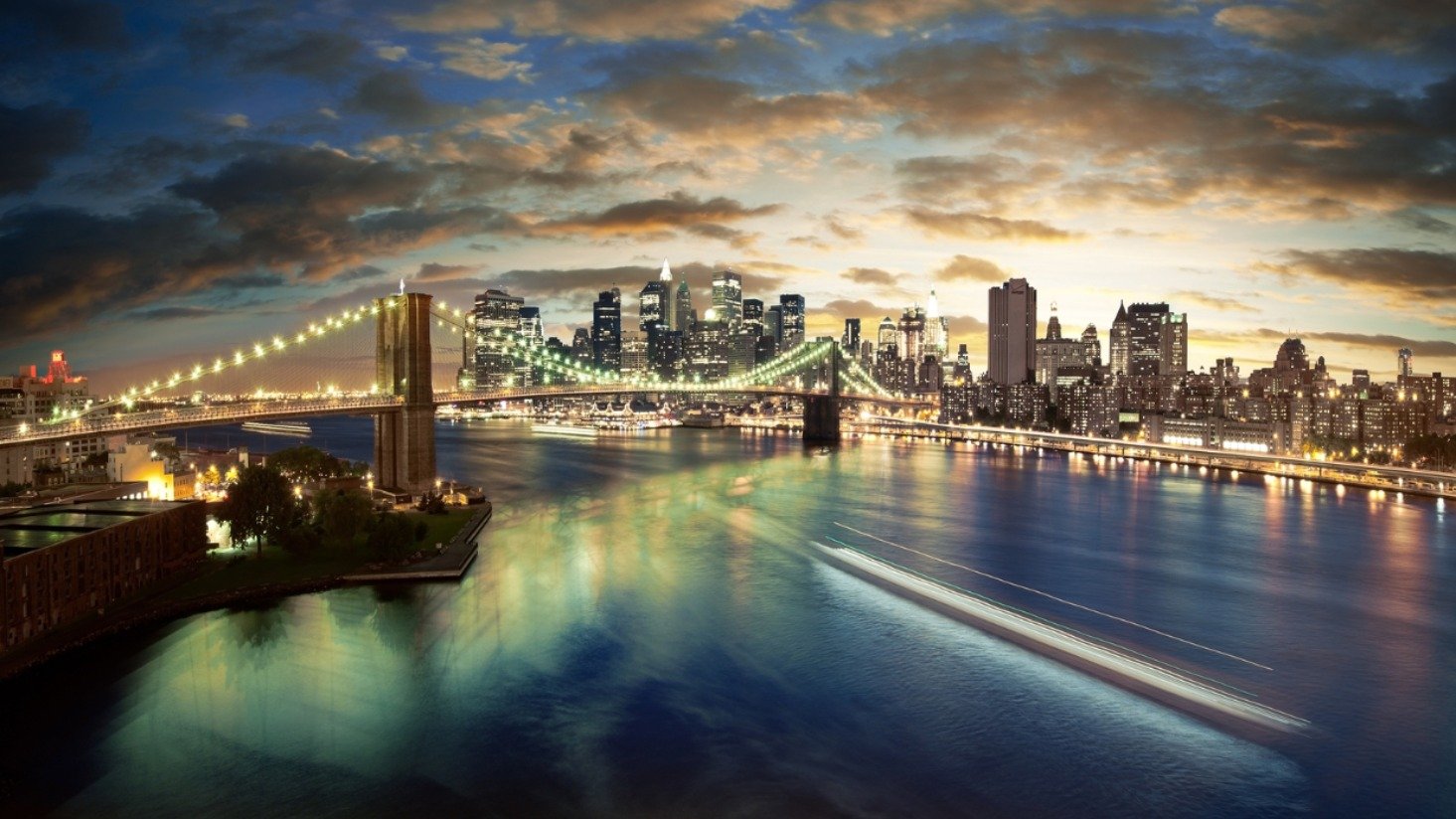Energy code changes for 2020 [And how they impact lighting]

States across the U.S. are taking their own measures to become more energy efficient. That often means changes to energy code.
Energy code can vary greatly from state to state, and even between local jurisdictions. A lot of times, these changes make lighting requirements more complicated. We stay up to date on changes that could impact lighting projects, so that we can handle projects from planning to completion.
We're focusing on five states with energy code changes starting in 2020. Hopefully, these states will give you a sense for what's happening around the country.
Click to jump ahead to the following states:
1. California
If you're in California, you're probably accustomed to energy code changes. California updates its standards (called Title 24) every three years. The most recent changes took effect January 1, 2020.
The biggest change: you'll be seeing a lot more solar panels. Title 24 now requires solar panel systems on new homes.
This could apply to some commercial properties, too, like low-rise apartment buildings. The new regulations allow for homes or buildings to use community solar power. The goal is for the panels to compensate for all electricity used by the building.
There are other changes for commercial properties. Here are three biggest related to lighting:
- New commercial lighting allowances for indoor and outdoor lighting based on using LED lights. (Incandescent and halogen light bulbs are now illegal to buy in California).
- Occupancy sensors are required for bathrooms.
- Outdoor lighting controls are now more streamlined.
One other nonresidential update: New healthcare facilities are now required to meet Title 24 standards. (You can read more on that here.)
The state estimates that nonresidential buildings will use about 30 percent less energy with the new standards, mainly due to lighting upgrades.
2. Georgia
Georgia's new energy code update went into effect January 1, 2020. This is a big deal for the peach state. It's the first major update to the energy code in nine years.
For residential and commercial buildings, the state is now following the guidelines outlined in the 2015 International Energy Conservation Code, but with Georgia amendments. Commercial buildings have the option of following 2013 ASHRAE 90.1 standards.
There are significant changes for commercial buildings, including new mechanical requirements, HVAC performance, and lighting controls.
Lighting controls can complicate commercial projects because of the amount of wiring involved, but they can help reduce energy consumption significantly.
3. Massachusetts
Even though California is more commonly known as the energy leader, Massachusetts has its own bragging rights.
The American Council for an Energy Efficient Economy (ACEEE) named the state as best in the nation for the eighth year in a row. The honor is given based on energy efficiency scorecards.
Massachusetts adopted its latest building code on January 1, 2020. The state now follows 2018 International Energy Conservation Code and ASHRAE 90.1-2016, but with Massachusetts amendments.
One important thing to note here: If you haven't submitted building permit applications for a project in 2020 yet, they must comply with the new standards.
4. Nebraska
Representing the Midwest, Nebraska passed its most recent energy code update in May 2019. It's a little different from the rest because it goes into effect July 1, 2020.
This is Nebraska's first energy code update since 2012. Starting in July, the state will follow the 2018 International Energy Conservation Code.
Similar to Georgia, the changes to lighting controls will present the most challenges for lighting projects.
Midwest Energy Efficiency Alliance predicts the energy code changes will reduce energy by 15%.
5. New York
New York developed a program called NYStretch. The energy code changes are not required, but give jurisdictions an outline of how to meet higher efficiency standards in new and renovated buildings.
The 2020 guidelines are expected to save an additional 11% on top of the Energy Conservation Construction Code of New York.
NYStretch uses the 2018 International Energy Conservation Code and ASHRAE 90.1-2016.
Did you know New York City is requiring lighting upgrades for large commercial buildings? Click here to read more.
How to improve lighting to meet energy codes
If you're curious about to improve your lighting to meeting new energy codes, we have three suggestions.
- Install lighting controls. Lighting controls will help minimize the use of unnecessary energy. However, like we mentioned in the article, it can become complicated for projects. We've reviewed projects to add in controls and helped customers meet compliance. We'd be happy to walk you through the process, too.
- Upgrade to LED. LED lighting products are more energy efficient than traditional lighting products. Click here to shop LED products, or contact us if you need help finding the right lighting products for a new construction project.
- Work with a lighting specialist. Lighting alone can be confusing, but when you add on energy codes and restrictions it can be overwhelming. We spend our time getting familiar with the nuances so you don't have to. Please contact us with any questions.













